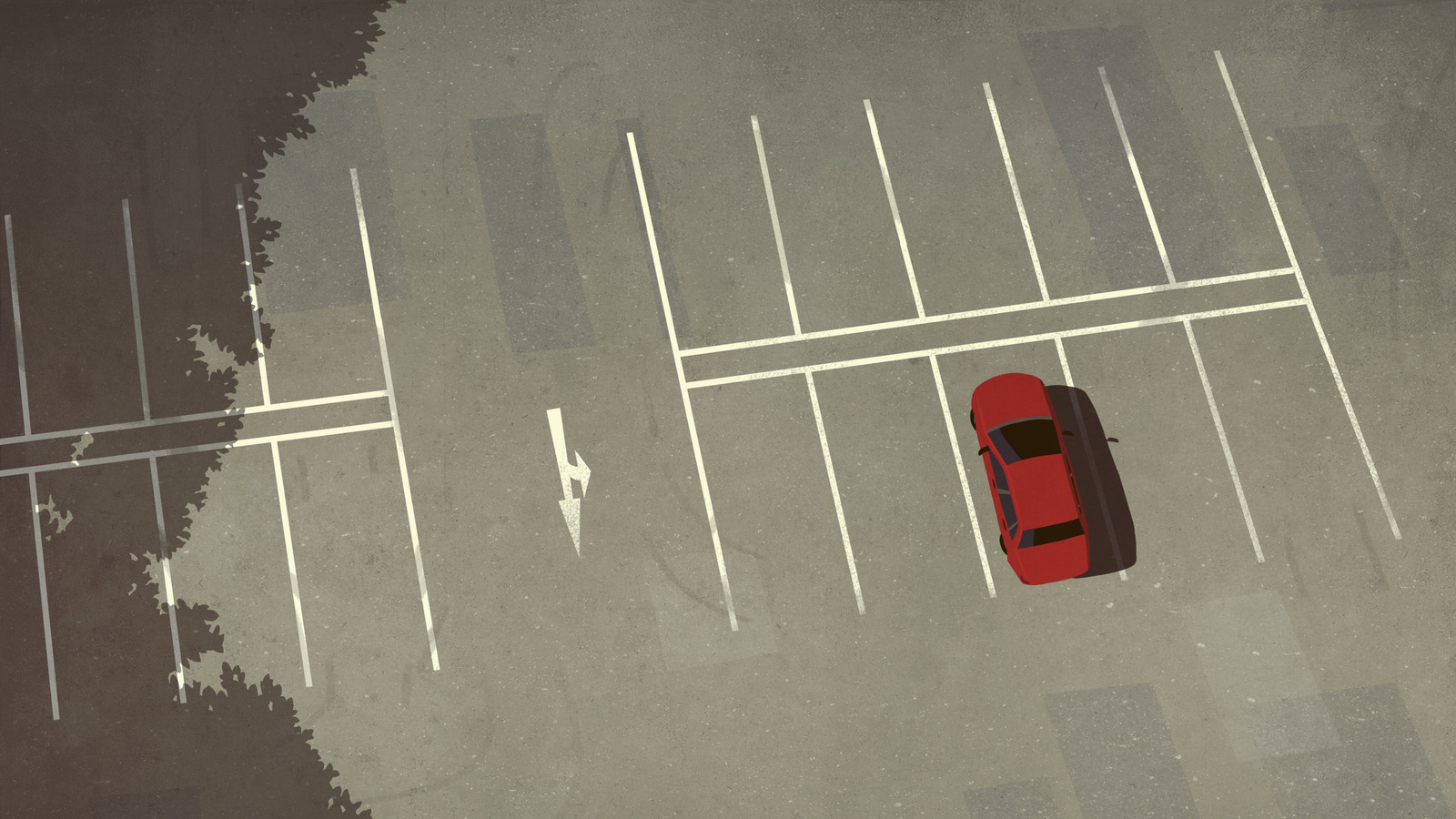What Are Alien Dyson Spheres, Why Are They So Janky, and Why Are They Doomed to Go Undetected?
In the 1960s, physicist Freeman Dyson proposed that advanced alien civilizations could be building out enormous megastructures around a star to harness much of its energy. These shells, dubbed Dyson spheres, could be giving off distinct technosignatures, astronomers have suggested, allowing us to glimpse them from many light-years away. Yet, despite our best efforts, we have yet to make first contact, let alone with a megastructure siphoning off the energy released by a star. And, as New Scientist reports, there could be a good reason for that. According to Brian Lacki, a scientist involved with the Breakthrough Listen Initiative, which […]


In the 1960s, physicist Freeman Dyson proposed that advanced alien civilizations could be building enormous megastructures around a star to harness its energy.
Such a move would allow a civilization to advance from a Type I to a Type II civilization on the Kardashev scale, harvesting the energy available from a star directly instead of from a given planet's surface.
These shells, dubbed Dyson spheres, could be giving off distinct technosignatures, astronomers have suggested, making them observable, potentially, from many light-years away.
But despite our best efforts, we have yet to make first contact, let alone with an alien-built megastructure siphoning off the energy released by a star.
And, as New Scientist reports, there could be a good reason for that. According to Brian Lacki, a scientist involved with the Breakthrough Listen Initiative — which searches for evidence of extraterrestrial civilizations — Dyson spheres may destroy themselves long before we can encounter one.
In a yet-to-be-peer-reviewed paper, Lacki proposed that having satellite-like objects swarming a star all at once could result in a disastrous, cascading effect in the case of a collision.
"When you have a whole bunch of things moving together like that in a swarm, a natural question is going to be, do they sometimes bump into each other?" Lacki told New Scientist. "At their orbital speeds, that can be disastrous."
In many ways, the risk of that kind of scenario is already playing out in the orbit of our own planet. Scientists have long warned that satellites circling the Earth could collide with each other or with one of the countless pieces of space junk, potentially triggering a knock-on effect, called Kessler syndrome.
Experts have warned that it's only a matter of time until a collision could trigger a catastrophe.
According to Lacki, aliens would have to tread very carefully to ensure that satellites aren't crossing each other's paths.
"You just can’t have that much material around a star without it colliding with itself and eventually shredding itself to pieces, unless each of those swarm components is careful about managing its orbit," Penn State astrophysics professor Jason Wright, who was not involved in the research, told New Scientist.
Lacki's conclusion leaves an intriguing possibility: we may still be able to detect the signatures of already collapsed megastructures orbiting distant stars. However, without that visible technosignature, they would be incredibly difficult to spot.
As far as harnessing the power of the Sun is concerned, researchers have previously found that we would need to demolish a Jupiter-sized planet to build a Dyson sphere around our host star, an enormous — and likely risky — endeavor.
More on Dyson spheres: Scientists Identify Seven Star Systems That May Be Hosting Alien Megastructures
The post What Are Alien Dyson Spheres, Why Are They So Janky, and Why Are They Doomed to Go Undetected? appeared first on Futurism.











































































































































































![[The AI Show Episode 146]: Rise of “AI-First” Companies, AI Job Disruption, GPT-4o Update Gets Rolled Back, How Big Consulting Firms Use AI, and Meta AI App](https://www.marketingaiinstitute.com/hubfs/ep%20146%20cover.png)




























































































































![[FREE EBOOKS] Modern Generative AI with ChatGPT and OpenAI Models, Offensive Security Using Python & Four More Best Selling Titles](https://www.javacodegeeks.com/wp-content/uploads/2012/12/jcg-logo.jpg)




![How to make Developer Friends When You Don't Live in Silicon Valley, with Iraqi Engineer Code;Life [Podcast #172]](https://cdn.hashnode.com/res/hashnode/image/upload/v1747360508340/f07040cd-3eeb-443c-b4fb-370f6a4a14da.png?#)










































































































































![[Virtual Event] Strategic Security for the Modern Enterprise](https://eu-images.contentstack.com/v3/assets/blt6d90778a997de1cd/blt55e4e7e277520090/653a745a0e92cc040a3e9d7e/Dark_Reading_Logo_VirtualEvent_4C.png?width=1280&auto=webp&quality=80&disable=upscale#)
















































































-xl-(1)-xl-xl.jpg)












![Upgrade your CarPlay experience in 2025 with Ottocast NanoAI and Mini Wireless [20% off]](https://i0.wp.com/9to5mac.com/wp-content/uploads/sites/6/2025/05/nano-ai-banner-pc.jpg?resize=1200%2C628&quality=82&strip=all&ssl=1)















![iPhone 17 Air Could Get a Boost From TDK's New Silicon Battery Tech [Report]](https://www.iclarified.com/images/news/97344/97344/97344-640.jpg)
![Vision Pro Owners Say They Regret $3,500 Purchase [WSJ]](https://www.iclarified.com/images/news/97347/97347/97347-640.jpg)
![Apple Showcases 'Magnifier on Mac' and 'Music Haptics' Accessibility Features [Video]](https://www.iclarified.com/images/news/97343/97343/97343-640.jpg)
![Sony WH-1000XM6 Unveiled With Smarter Noise Canceling and Studio-Tuned Sound [Video]](https://www.iclarified.com/images/news/97341/97341/97341-640.jpg)







































































